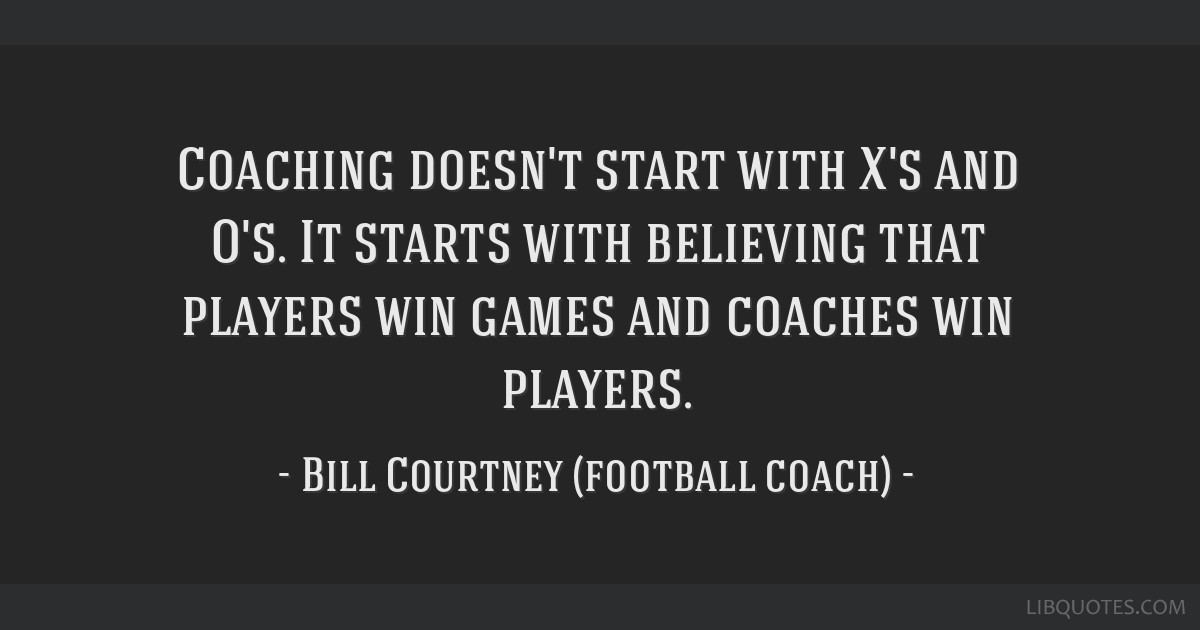However, few are actually coaching them.
“Coaching is 10% X’s & O’s.
90%:
-Knowing it isn’t about you
-Caring about Kids
-Being a Leader
-Communicating
-Building Relationships
-Picking them up when they fall
-Making a lasting impact on them.
Anybody can call themselves a “Coach” but few are actually Coaching them.”
-Ray Zingler on X
As a Coach it is obviously important to understand the fundamentals of the discipline you are coaching.
Understanding and adapting x’s and o’s are the common knowledge requirements to even get to participate in the vocation. They, in my opinion are 10% of the equation.
It’s because everybody knows the x’s and o’s. Everyone has the best strategies. It’s typically not the teams with the best coaches who win, but the teams with the best players.
I believe the vast majority of coaching has far less to do with scheme and practice schedules and far more to do with “big picture” impact, especially knowing at the youth levels we have far more “regular kids” than we do outliers.
Here is what I believe makes up the bulk of coaching:
·Knowing it isn’t about you. Goodness, there are many out there who can’t even get around this notion and this is the most basic one of them all.
·Caring about kids. No, I’m not talking about the politically correct say what you need to say at the end of the year banquet, either. I am talking about GENUINLEY caring about kids and their well-being before focusing on what their athletic abilities can or can’t do to advance your career.
·Being a Leader. A real leader is someone who acknowledges and gets into the weeds of the messy realities of leadership. Someone who is going to live the code, practice what they preach and not be afraid to stand up for what is right in a world that is running from truth.
·Communicating. What an art communication is, a simple, beautiful one, too. Success or failure largely boils down to one’s ability to effectively communicate.
·Building Relationships. The real stuff. Not the 1-2-3 Team nonsense, but taking the time to get to know, learn, understand, and love your athletes so that you can increase your chances of reaching them.
·Picking them up when they fall. You don’t have to coddle them, in fact you shouldn’t, but as a leader who cares about them, you should be there to pick them up and dust them off 100% of the time.
·Making a lasting impact on them. If you follow the above, you won’t have to try to make a lasting impact, it will have happened by default.



